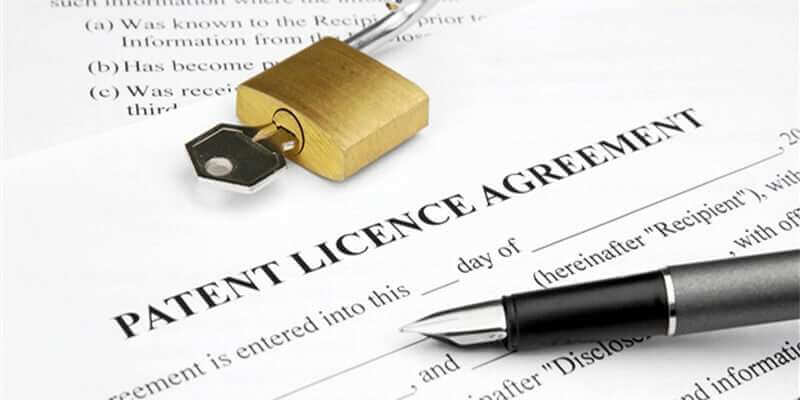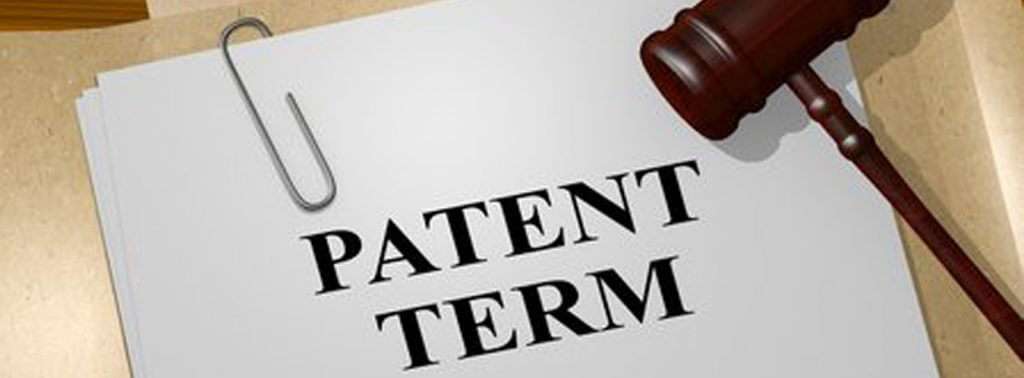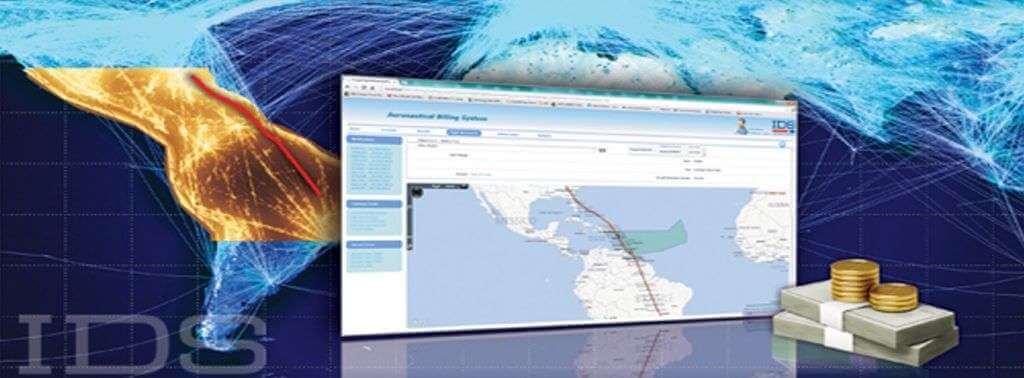What is Patent Infringement Case?
Patent Infringement cases can result when the patent owner or any entity who holds sufficient interest in U.S. patent files legal action against someone they claim is using the patented creation without permission.
Your defenses in a patent infringement case may include:
- Invalidating the patent
- Claiming non-infringement
- Citing prior use, first sale or repair doctrine, inequitable conduct, patent misuse, or limitation on rights
- Laches, formerly an important defense may soon no longer be valid.

Overview of United States Patent
United States patents are issued by the U.S.P.T.O.They cover all useful and non-obvious inventions. A patent gives you the right to prevent others from making, selling, using or offering the importing the patented invention. There are generally three types of the patent:
- Utility patent: These protect useful and new inventions. They are what people usually mean when they say “patent”.
- Design patent: these protects the way something looks.
- Plant Patent: these provide protection for new and distant plant varieties that have been asexually reproduced under controlled condition.
Trade secrets
On the downside of patents is that they are public knowledge. They cannot be kept secret by their owners. Those who wish to keep their process or invention secret can obtain some protection through trade secrets. These extend to business practice, information, and technology that provides a competitive edge to their users.

Trade secrets protect businesses from those who obtain and use their secret information without express permission. Something that can be considered trade secrets are:
- operating system code
- Secret drink formula
- Search algorithm
Overview of Federal Patent Infringement Cases
According to the United States Code 28, all claims for Patent Infringement are under the exclusive jurisdiction of federal courts. Any district court can preside over a patent case as long as personal jurisdiction and the requirements of venue is observed. At any time during the process, either party can ask for trial by jury.
Some of the most popular districts for patent suits include:
- The Eastern District of Texas
- The Central and Northern Districts in California
- Wisconsin’s Eastern District
- The state of Delaware
- The Southern District of New York

The outcome of any given case can depend heavily on factors including (but not limited to):
- Cultural attitudes and education level of the jury
- The judge’s experience level with patent cases
- Average time to trial
Patent cases can be appealed. All cases can go directly to United States Court of Appeals for the federal circuit in Washington D.C. A patent owner can decide to start or stop the process of taking legal action at any point. They can also decide who to sue. Because of this patent holders can choose the target people who can afford to pay for legal defense.
Types of Infringement
- Direct Infringement: occurs when
- A Party imports a patented invention into the United States
- Depends on strict liability.This means that no intent is required for Infringement to take place.
- A party deliberately uses, sells, manufacturers, or offers for sale a patent invention with the United States.

2. Contributory Infringement: Occurs when
- A party sells, offers to sell, or imports a component, material or apparatus for manufacturing or practicing any process protected by patent.
- The only use of that component, apparatus, or material is for the purpose of practicing that patented process.
- There must be no other substantial use for infringing material other than violate the existing patent. Such material is called “staple goods”.
- Requires that the person had knowledge of and intent to infringe upon the patent.
- Finally, this standard to hold up, a third party has to commit direct infringement.
3. Inducement: occurs when
- A party or encourages another to participate in an action that infringes the patent. That party must also have known that the acts undertook compromise infringement.
- Requires knowledge of and intent to infringe by the defendant. Demonstrates that the defendants believed that there was a possibility of infringment. They actively attempted to avoid confirmation of the fact.
- There must be active effort to avoid confirming a suspicious of infringement.
Key Patent Infringement Defenses
- Non-Infringement: Non-Infringement is the most common patent infringement defense. It claims that the product or process in question is not the same as the one protected by patent in the suit.Sometimes these cases infringement is the result of multiple people using a method or system. Divided Infringement can support a result of non-infringement.
- Prior Art Invalidity: Claiming invalidity based on prior art can be tricky because every patent is assumed to be valid based on USPTO examination before it is awarded under section 35 U.S. Code section 282. This means that there must be convincing and clear evidence that says prior art already exists.
- Novelty and Non-obviousness: Most Prior art defense fall under the idea that the concept was either not novel or was obvious. Anticipation relies on a “strictly identity” standard. This compares all aspects of the patent claim to a given reference of the prior art. The concept of obviousness uses a combination of defenses to show that the progress made in challenged patent is an obvious process;
 The step must not be one that shows true innovation.
The step must not be one that shows true innovation.In such cases, the determination of obviousness involves:
- Looking at the prior art’s scope and content
- It is differences with the challenged invention
- Whether the claim would be obvious to anyone considered to have ordinary skill in the art required to produce the invention
If the specific combination of elements and processes does nothing more than display predictable results, it’s generally considered to be obvious.
- First Sale and Repair Doctrines: First Sale doctrines states that if the accused is reselling an item that was allegedly sold to them they are not infringing the patent. This is because patent rights exhaust on a specific item once that item is sold. The doctrine of repair defenses depend on the idea that it is legal to repair a device by replacing worn out components that are not themselves patented. These defenses do not, however, permit the defendant to completely rebuild an invention.
5. Patent Misuse: Following could be the example of the patent misuse
- Using it to violate antitrust
- Using it to crush competition
- Using it to engage in a business practice that is unethical like price fixing, invalidate the patent.

 The step must not be one that shows true innovation.
The step must not be one that shows true innovation.



